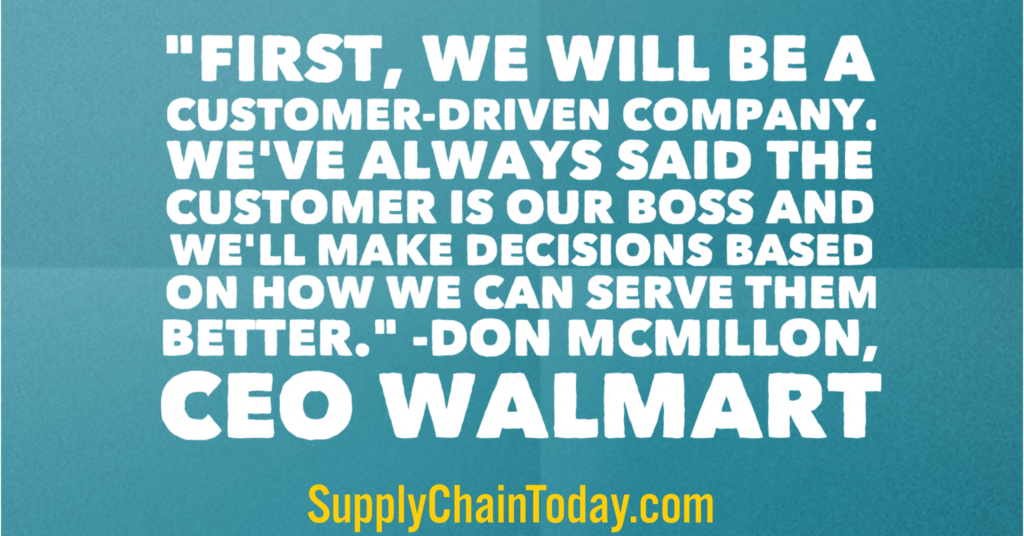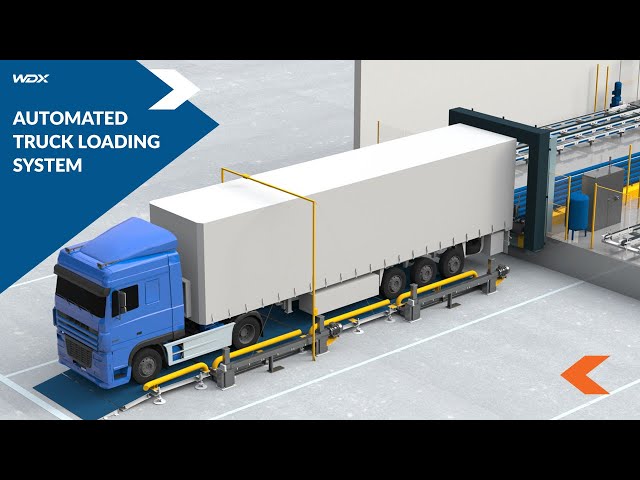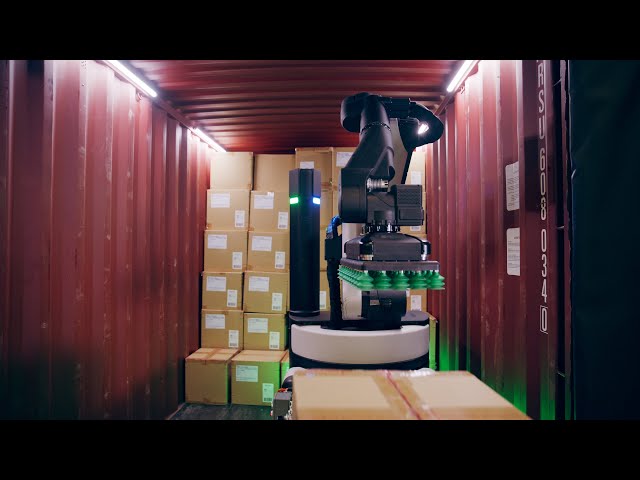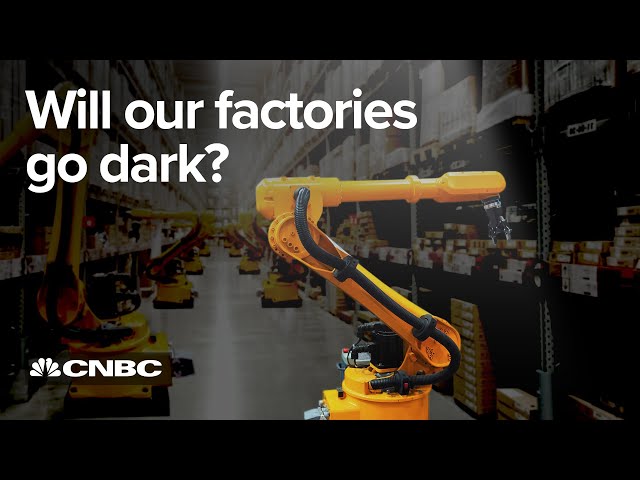Need Distribution and Warehouse Training? Try these resources.
Distribution centers and warehouses are facilities that are used to store and distribute goods and materials. They play a crucial role in the logistics process by receiving, storing, and preparing products for shipment to retail stores, customers, and other destinations.
When products arrive at a distribution center or warehouse, they are received and checked for accuracy and quality. The received products are then recorded in the warehouse management system, which is used to track the location and inventory levels of the products.
Once the products have been received, they are typically stored in a specific area of the warehouse or distribution center, depending on the type of product, its size, and its storage requirements. This can include pallet racking, shelving, or mezzanine systems. Some warehouses also use automated storage and retrieval systems to store and retrieve products more efficiently.
After the products have been stored, they are prepared for shipment. This can include tasks such as picking, packing, and labeling the products. In a warehouse, picking refers to the process of selecting the right products and quantities to fulfill customer orders. Packing involves preparing the products for shipment by placing them in boxes or other containers, and labeling involves attaching shipping labels and other identifying information to the packages.
Once the products have been prepared for shipment, they are loaded onto trucks or other transportation vehicles and transported to their final destinations, such as retail stores or customers.
In addition to these basic functions, some distribution centers and warehouses also provide additional services such as cross-docking, kitting and assembly, and value-added services like packaging, inspection and testing.
Overall, distribution centers and warehouses play a vital role in the logistics process by receiving, storing, and preparing products for shipment to customers and other destinations, and also by providing an inventory management system to keep track of the goods and materials.
Warehouse and Distribution Center Training.
- 3PL Warehouse Facility Tour – The Apparel Logistics Group.
- Alibaba Supply Chain Warehouse.
- An army of autonomous robots works inside a warehouse
- Army of logistics robots sort out 200,000 packages a day
- ASRS – Automated storage and retrieval system.
- Autonomous Logistics Robots in Warehouse Operations.
- Distribution Center Conveyor System.
- Distribution Centers & Supply Chain Management Explained.
- E-Commerce Retailer Doubles Warehouse Capacity with Robotic Goods to Person System.
- End to End Supply Chain Management Process
- FedEx Supply Chain Global Distribution Center.
- Horizontal Carousel Warehouse Automated Storage and Retrieval System – ASRS.
- How Flipkart is using automation to deliver your products on time.
- IKEA Distribution Center in Savannah, GA. What do people think?
- Industry 4.0 Digital Port Container Terminals.
- Industry 4.0 Smart Factory
- Inside Amazon’s Smart Warehouse.
- Internet of Things IoT Logistics.
- Jobs with Starbucks Distribution.
- Location Analysis – Distribution Center, Manufacturing Site.
- Logistics IoT. The Logistics Internet Explained.
- Shipping Warehouse Automation Robots
- Skechers distribution center.
- Superpick: The Autonomous Bin Picking, Sorting and Order Fulfillment Solution.
- Warehouse Layout & Material Flow Planning.
Automated Truck Loading and Unloading System | Q-Loader.
Tesla Optimus VS Amazon Digit (Significant Upgrades).
Automated Trailer Unloading with Boston Dynamics Stretch Robot
Amazon Fulfillment.
- Amazon tour: What happens after you place that order.
- Amazon’s Robotic Empire: Jeff Bezos’ Smart Warehouses.
- Behind the scenes of an Amazon warehouse.
- How Amazon Receives Your Inventory.
- Meet the Amazon robots making things more efficient.
- Meet Amazon’s New Robot Army Shipping Out Your Products.
- Navigating an Amazon fulfillment center’s 14 miles of conveyor belts.
Ocado Online Grocery Warehouse.
Ocado is a UK-based online grocery delivery service that was founded in 2000. The company operates its own online supermarket, Ocado.com, and also provides technology and fulfillment services to other retailers. Ocado has a partnership with Waitrose, a UK grocery chain, to provide online delivery services for Waitrose products. In addition, the company has developed its own proprietary technology, including robotic warehouses and delivery vehicles, to facilitate the efficient fulfillment and delivery of online orders. Ocado has seen significant growth in recent years and has expanded its services to other countries, including France, Spain, and the United States.
- A 360° tour of Ocado’s automated warehouse.
- Inside A Warehouse Where Thousands Of Robots Pack Groceries.
- Is your warehouse ready to handle omnichannel logistics?
- Ocado develops robotic hand to pick groceries for customers’ orders.
- Ocado Technology has successfully trialed driverless grocery deliveries.
- Warehouse where robots assemble 50,000 orders in 5 minutes.
Material Handling Training.
- Top 10 Forklift Accidents! Safety is everyone’s job.
- Toyota Material Handling – Production From Start to Finish.
- Walmart uses hydrogen powered fork lifts in giant energy efficient warehouse.
Inventory Management Training.
Inventory management refers to the process of tracking and managing the stock of goods and materials that a business has on hand. Effective inventory management is important for a number of reasons, including:
- Reducing costs: By keeping just the right amount of inventory on hand, a business can reduce the costs associated with storing, handling, and tracking excess stock.
- Improving efficiency: Good inventory management can help a business avoid shortages of important items and reduce the time and effort spent on inventory-related tasks.
- Enhancing customer satisfaction: By ensuring that products are in stock and available when customers want them, a business can improve customer satisfaction and loyalty.
- Agile Project Management with Kanban.
- Bullwhip Effect and Beer Game.
- How Amazon Receives Your Inventory.
- How Apple’s Inventory Management is So Lean.
- Inventory Management.
- Lean, Kaizen, and Continuous Improvement.
- Lean Manufacturing – Lean Factory Tour.
- Takt Time, Cycle Time, Lead Time.
- What Is Inventory Management?
Inventory Carrying Costs associated with carrying inventory include:
- Interest on Capital Costs – this is the largest component of carrying cost and is associated with money tied up.
- Taxes & Insurance – insurance and taxes has to be paid on the current inventory.
- Obsolescence & Depreciation – inventory obsolescence is a major issue with products with a short shelf life or lose value over time (computer products). Companies involved with products that become obsolete quickly should be focusing on decreasing cycle times.
- Storage – the cost associated with having a facility to hold the inventory.
- Opportunity Cost – what could the capital be used for that is tied up in inventory.
Costs of running out of inventory:
- Loss of customer/sale
- Bad reputation
- Disruption in supply chain
INVENTORY CARRYING/HOLDING COST
Carrying Cost = (Price per unit * Carrying cost percentage * Order Quantity in Units)/2
Average Inventory = EOQ/2 + safety stock

-
Demand is known and is constant
-
No quantity discounts
Reorder point = Estimated Demand * Lead Time
Distribution, Fulfilment and Warehouse Training.
Dark Factory – Automated Factory with Minimal Human Involvement.
Automated Truck Loading and Unloading System | Q-Loader.
Tesla Optimus VS Amazon Digit (Significant Upgrades).
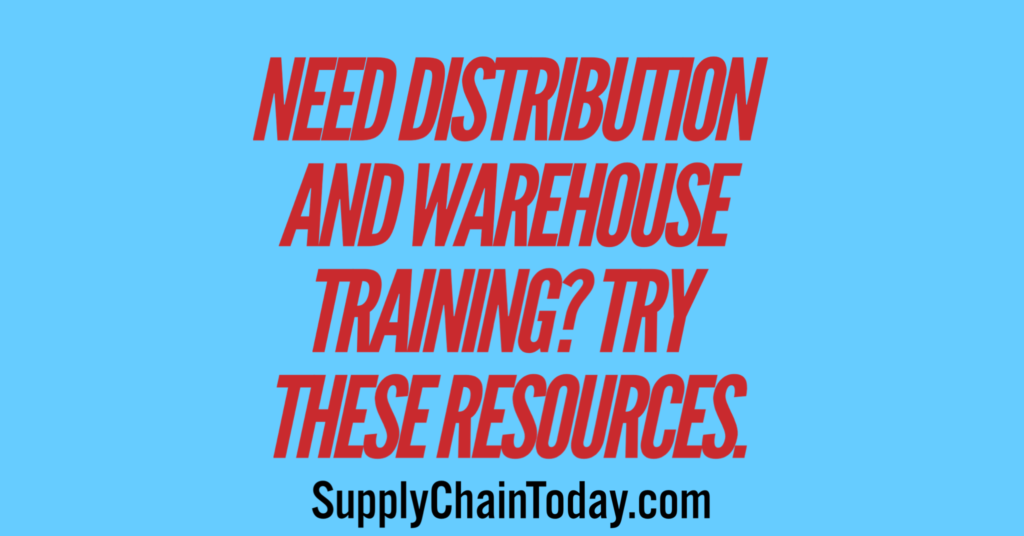
“Today’s leading real world retailer, Walmart, uses software to power its logistics and distribution capabilities, which it has used to crush its competition.” ~Marc Andreessen
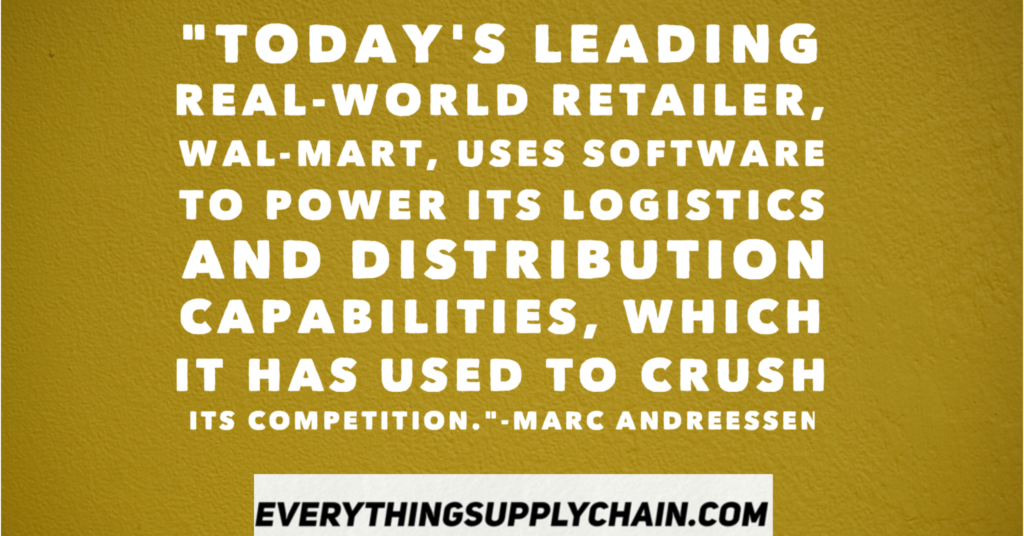
“First, we will be a customer-driven company. We’ve always said the customer is our boss and we’ll make decisions based on how we can serve them better.” ~Don McMillon, Walmart CEO
